Comprehensive Glossary of the Most Frequently Used VR Terms
ARPost
JANUARY 6, 2021
Belonging to the group of technical VR terms, haptics means the simulation of touch by giving the user the sensation of pressure. Latency represents the time delay between the input of the user and the realization of the action in the virtual world. Advanced VR games and apps have a very low latency, almost imperceptible to the user.



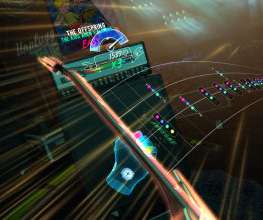

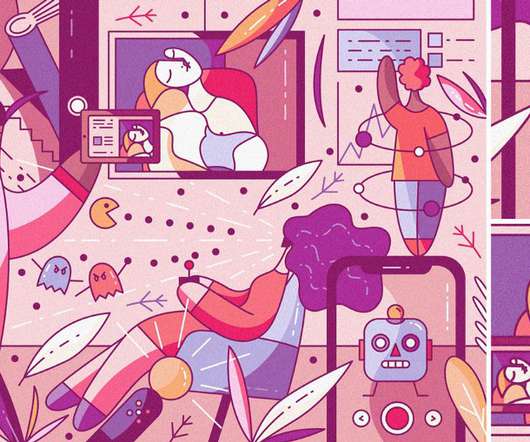



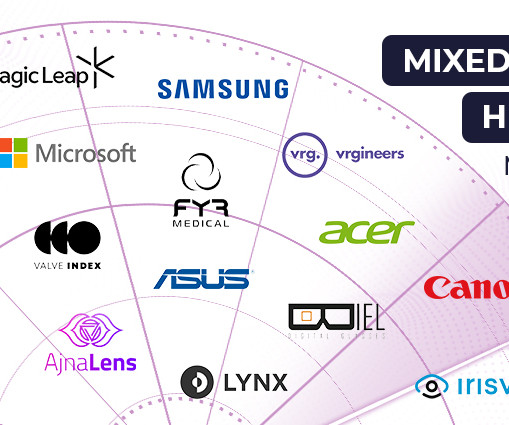
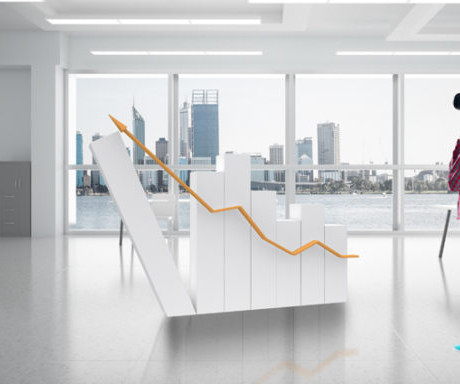


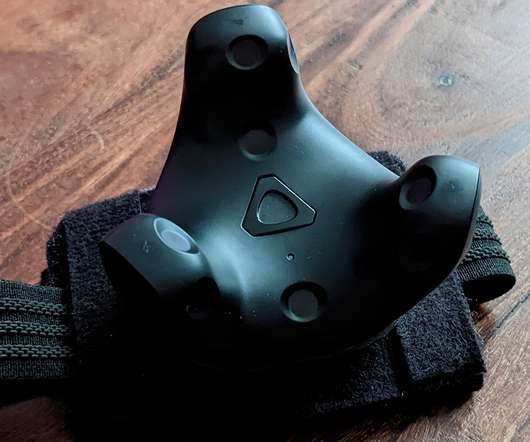
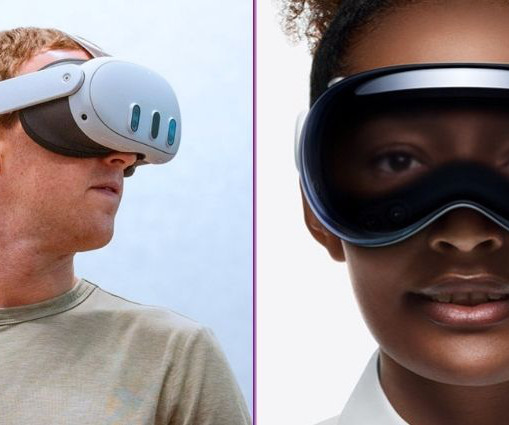

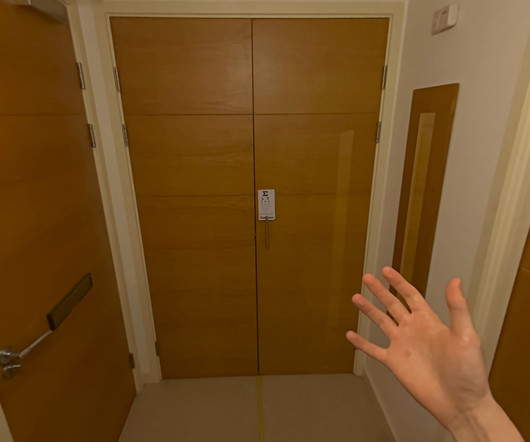











Let's personalize your content